 Last additions - GIFU 岐阜県 Last additions - GIFU 岐阜県 |
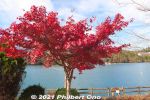
Most maple trees aren't that large, but the river in the background makes them scenic.Dec 15, 2021
|
|
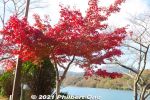
Dec 15, 2021
|
|
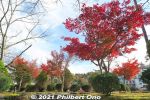
Dec 15, 2021
|
|
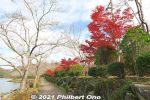
Red maple leaves on the right side of Sazanami Park.Dec 15, 2021
|
|
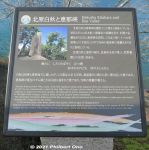
About the tanka poem by poet Kitahara Hakushu.Dec 15, 2021
|
|
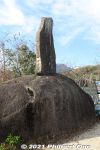
Tanka poem monument for poet Kitahara Hakushu.Dec 15, 2021
|
|
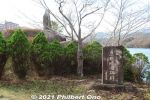
Tanka poetry monument on the tip of Sazanami Park. Lower monument commemorates the development of Enakyo.Dec 15, 2021
|
|
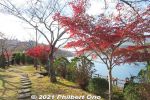
On the upper level of Sazanami Park, looking toward the tip.Dec 15, 2021
|
|
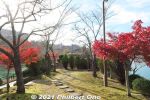
On the upper level of Sazanami Park, looking toward the tip.Dec 15, 2021
|
|
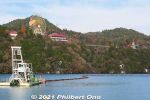
On the right side of Sazanami Park, Ena-kyo Wonderland can be seen on the mountain. An amusement park, closed for winter from Nov. to Feb..Dec 15, 2021
|
|

Upstream toward Enakyo Ohashi Bridge.Dec 15, 2021
|
|
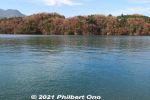
View of the river from the right side of Sazanami Park.Dec 15, 2021
|
|
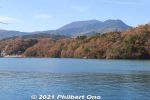
Dec 15, 2021
|
|
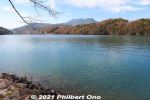
Dec 15, 2021
|
|
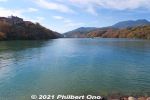
View of Kiso River from the tip of Sazanami Park. Right below Shinonome Ohashi Bridge (東雲大橋) in the distance is Oi Dam built in 1924 as Japan's first hydroelectric dam. The dam created this reservoir in Ena Gorge.Dec 15, 2021
|
|
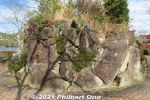
Rocks on the tip of Sazanami Park.Dec 15, 2021
|
|
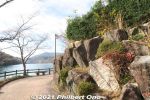
Approaching the tip of Sazanami Park.Dec 15, 2021
|
|
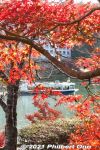
Dec 15, 2021
|
|
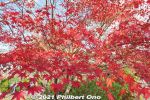
Dec 15, 2021
|
|
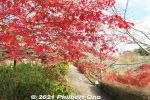
Dec 15, 2021
|
|
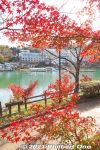
Dec 15, 2021
|
|
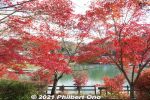
Dec 15, 2021
|
|
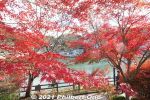
Dec 15, 2021
|
|
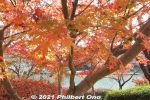
Dec 15, 2021
|
|
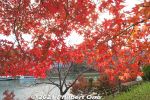
Dec 15, 2021
|
|
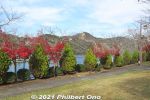
The park has two levels. Lower level is a path along the riverside, and this upper level is a park-like lawn.Dec 15, 2021
|
|
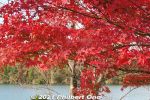
Dec 15, 2021
|
|
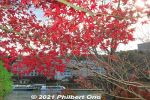
Dec 15, 2021
|
|
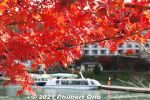
Dec 15, 2021
|
|
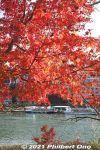
Dec 15, 2021
|
|
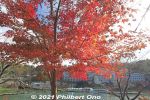
Dec 15, 2021
|
|
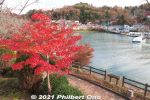
Left side of Sazanami Park facing the boat pier.Dec 15, 2021
|
|
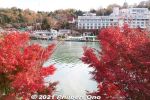
Dec 15, 2021
|
|
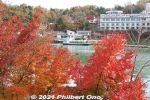
Dec 15, 2021
|
|
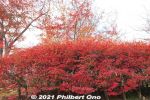
Dec 15, 2021
|
|
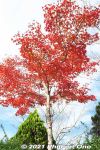
Dec 15, 2021
|
|
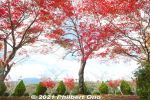
Dec 15, 2021
|
|
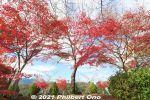
Dec 15, 2021
|
|
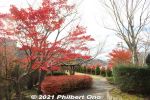
Entering Sazanami Park lined with red maple leaves in mid-November.Dec 15, 2021
|
|
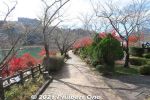
Sazanami Park has a small peninsula with a walking path lined with maple trees (and cherry trees).Dec 15, 2021
|
|
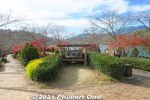
Entering Sazanami Park lined with red maple trees in autumn. "Sazanami" means "water ripples."Dec 15, 2021
|
|
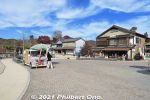
Gift shops at Enakyo.Dec 15, 2021
|
|

Sights and wildlife in Enakyo Gorge.Dec 15, 2021
|
|

Sights in Enakyo Gorge.Dec 15, 2021
|
|
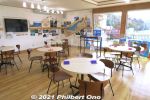
Inside Enakyo Visitors Center.Dec 15, 2021
|
|
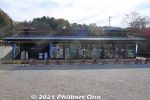
Enakyo Visitors Center has tourist information counter and air-conditioned rest area with tables and chairs.Dec 15, 2021
|
|
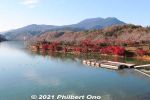
On the right is Sazanami Park lined with autumn maple leaves in November and cherry blossoms in spring. Everything is within a short walk. These photos were taken in November.Dec 15, 2021
|
|
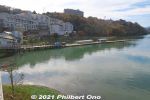
On the left is a pier for sightseeing boats taking tourists to see the unusual rock formations on the gorge. Cruise is 30 min. and fare is ¥1,500. Runs often during autumn. https://www.tohsyoh.jp/shipDec 15, 2021
|
|
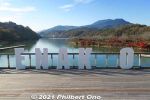
Most tourists visiting Enakyo will first arrive here, a short walk from the bus stop and parking lot. The "Y" is missing here. Maybe it was designed to have a human posing as the "Y" in a selfie.Dec 15, 2021
|
|

Map of Enakyo. There's a sightseeing boat pier on the left, a few hotels, and a small spit of land that is Sazanami Park, one main attraction.Dec 15, 2021
|
|
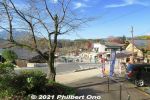
Cross the road and there's the starting point to explore Enakyo. Building on the left is the Visitors' Center.Dec 15, 2021
|
|
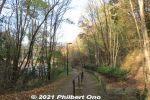
From the bus stop, there's a short path down to the riverside.Dec 15, 2021
|
|
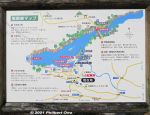
On this map of Enakyo Gorge, No. 3 and 4 are Sazanami Park, No. 5 is the boat cruise pier, and No. 2 is Oi Dam which created this river reservoir.Dec 15, 2021
|
|
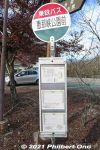
If you take a bus, get off here at Enakyo Koen-mae. Also check the return bus schedule. Buses run very infrequently.Dec 15, 2021
|
|
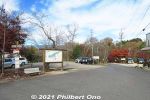
Enakyo bus stop.Dec 15, 2021
|
|
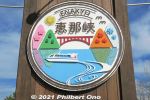
Enakyo marker sign.Dec 15, 2021
|
|
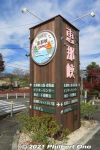
Finally, the Enakyo sign.Dec 15, 2021
|
|
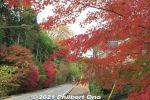
Dec 15, 2021
|
|
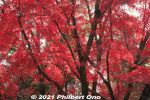
Dec 15, 2021
|
|
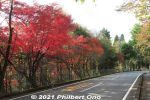
Although I was rewarded with these red maples, one-hour is kind of a long walk. Slight uphill too.Dec 15, 2021
|
|
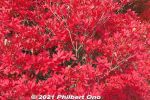
Dec 15, 2021
|
|
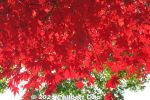
Dec 15, 2021
|
|
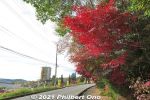
Dec 15, 2021
|
|
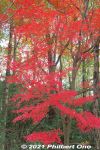
Dec 15, 2021
|
|
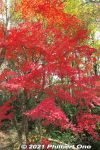
Dec 15, 2021
|
|
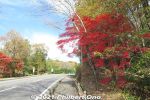
Dec 15, 2021
|
|
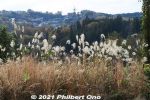
Pampas grass too.Dec 15, 2021
|
|
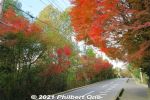
There were a few maple (momiji) trees along the way.Dec 15, 2021
|
|
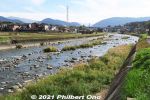
Agi River.Dec 15, 2021
|
|
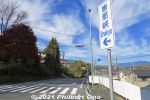
Walking to Enakyo. The tourist information lady gave me a map to walk to Enakyo. Easy to follow.Dec 15, 2021
|
|
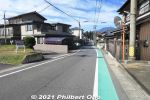
There are buses running from JR Ena Station to Enakyo Gorge, but they run very infrequently. Since the next bus was a one-hour wait (and 15-min. ride), I decided to walk it and not miss the sunny day. I was told it would take 1 hour. Or ¥2,000 by taxi.Dec 15, 2021
|
|
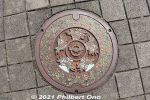
Manhole in Ena, Gifu.Dec 15, 2021
|
|
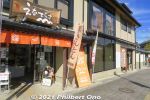
JR Ena Station has a tourist information center right inside and outside.Dec 15, 2021
|
|
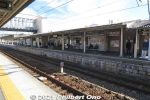
Nearest train station is JR Ena Station on the JR Chuo Line. It's about 70 min. from Nagoya Station in Aichi Prefecture.Dec 15, 2021
|
|

JR Ena Station platform and JR Chuo Line.Dec 15, 2021
|
|

Enakyo or Ena Gorge is in the city of Ena (pop. 47,000 as of Nov. 2021) next to Nakatsugawa in eastern Gifu Prefecture.Dec 15, 2021
|
|

Enakyo is a scenic, gorge-like area along the Kiso River. Noted for cherry blossoms in spring, autumn colors in November, and unusual rock formations.Dec 15, 2021
|
|
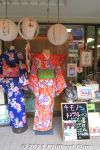
Kimono makeover shop to dress in kimono (or hakama for men) and stroll around to take pictures amid the traditional townscapes.Dec 14, 2021
|
|
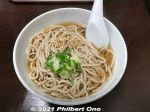
Real soba.Dec 14, 2021
|
|
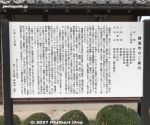
About Ganrenji in Japanese. Dec 14, 2021
|
|
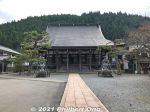
Ganrenji Temple, belonging to the Jodo Shinshu Otani Sect. 願蓮寺Dec 14, 2021
|
|
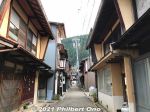
Dec 14, 2021
|
|
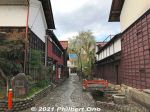
Yanaka Mizu no KomichiDec 14, 2021
|
|
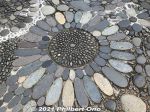
Dec 14, 2021
|
|
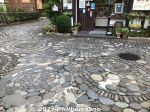
Dec 14, 2021
|
|
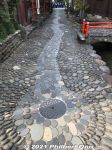
Yanaka Mizu no Komichi with embedded stones.Dec 14, 2021
|
|
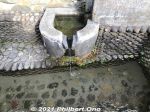
Yanaka Mizu no KomichiDec 14, 2021
|
|
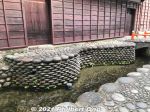
Yanaka Mizu no Komichi, narrow alley with embedded stones.Dec 14, 2021
|
|
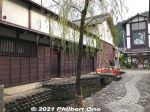
Yanaka Mizu no Komichi (やなか水のこみち). Narrow alley with embedded stones.Dec 14, 2021
|
|
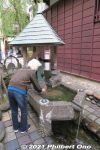
Dec 14, 2021
|
|
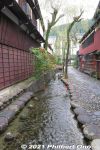
Gujo-Hachiman has a few traditional townscape streets. This is Yanaka Mizu no Komichi (やなか水のこみち). Narrow alley with embedded stones.Dec 14, 2021
|
|

Gujo-Hachiman has a few traditional townscape streets.Dec 14, 2021
|
|
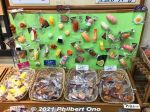
Fake sushi on key chains.Dec 14, 2021
|
|
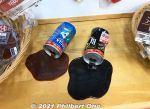
They also offer short lessons to make your own food replicas like spilled coffee. Dec 14, 2021
|
|
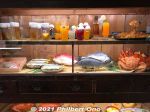
Gujo-Hachiman today makes over 50% of Japan's food replicas. Iwasaki made his first food replica, an omelette, in 1932.Dec 14, 2021
|
|
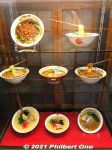
Dec 14, 2021
|
|
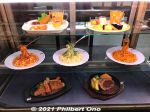
Gujo-Hachiman native Iwasaki Takizo (1895–1965) invented the ubiquitous food replicas we see today in restaurants in Japan. Dec 14, 2021
|
|
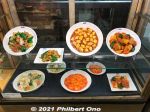
Sample Kobo factory for food replicas which were invented in Gujo-Hachiman. Looks delicious. サンプル工房Dec 14, 2021
|
|
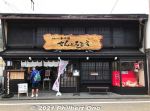
Gujo-Hachiman is also famous for food replicas which were invented by Gujo-Hachiman native Iwasaki Takizo (1895–1965). This shop called Sample Kobo displays a large sample of them. Also for sale. サンプル工房Dec 14, 2021
|
|
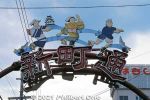
Shinmachi-dori street sign with Gujo Odori dancers.Dec 14, 2021
|
|
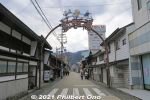
Shinmachi-dori street is the main street in the southern part of town south of Yoshida River.Dec 14, 2021
|
|
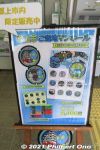
In the post office, stamps showing Gujo-Hachiman's picture manholes.Dec 14, 2021
|
|
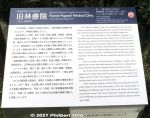
About the former Hayashi Clinic that was donated to the city.Dec 14, 2021
|
|

Former Hayashi Clinic. It was closed when I visited.Dec 14, 2021
|
|
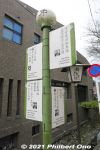
Directional signs in Gujo-Hachiman includes English.Dec 14, 2021
|
|
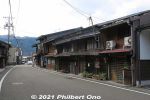
Traditional-looking homes.Dec 14, 2021
|
|

About Noguchi Ujo and his poem about the beautiful local scenery. 野口雨情歌碑Dec 14, 2021
|
|
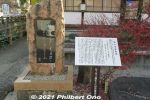
Monument for Noguchi Ujo, poet and lyricist of children's songs and folk music. He composed nine verses of the Gujo Odori song "Kawasaki".Dec 14, 2021
|
|
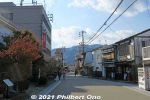
Gujo-Hachiman Post Office on the left.Dec 14, 2021
|
|

Cafe menu. Reasonable prices.Dec 14, 2021
|
|
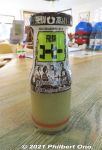
Hida Coffee, locally produced coffee milk.Dec 14, 2021
|
|
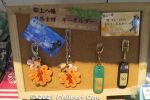
Gujo Odori dance key chains.Dec 14, 2021
|
|
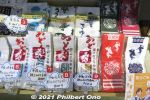
Gujo Odori dance tenugui hand towels.Dec 14, 2021
|
|
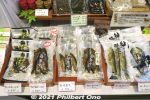
Ayu sweetfish.Dec 14, 2021
|
|

Gift shop inside Former Hachiman Town Hall.Dec 14, 2021
|
|
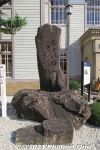
In front of the former Hachiman Town Hall is this monument marking the origin of the Gujo Odori Dance.Dec 14, 2021
|
|
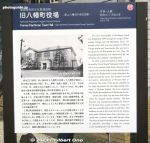
About the Former Hachiman Town Hall.Dec 14, 2021
|
|
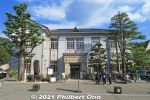
Former Hachiman Town Hall was built in 1936 and served as the Hachiman Town Hall until 1994. It now houses a tourist information center, souvenir shop, and restaurant. 郡上八幡旧庁舎記念館The large plaza in front of the building is one of the main venues for the Gujo Odori Dance held in summer.Dec 14, 2021
|
|
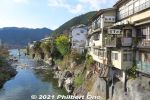
Looking downstream on Yoshida River from Shinbashi Bridge.Dec 14, 2021
|
|
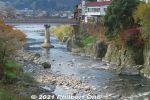
Dec 14, 2021
|
|
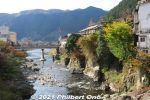
Looking downstream on Yoshida River from Shinbashi Bridge.Dec 14, 2021
|
|
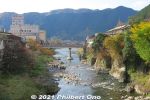
Looking downstream on Yoshida River. Miyagase Bridge can be seen.Dec 14, 2021
|
|
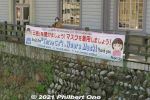
COVID-19 countermeasures.Dec 14, 2021
|
|
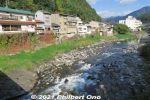
Dec 14, 2021
|
|
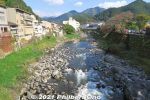
Yoshida River as seen from Shinbashi Bridge.Dec 14, 2021
|
|
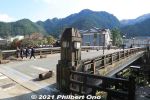
Shinbashi Bridge over Yoshida River. Cross this bridge to the Former Hachiman Town Hall and you will be in Minami-machi or the southern part of town.Dec 14, 2021
|
|
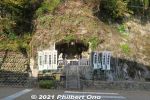
Roadside monument for a poem by Orikuchi Shinobu in 1919. It was a memorial for the victims of a major fire in the northern part of town.Dec 14, 2021
|
|
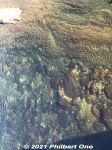
Yoshida River's clear and clean water.Dec 14, 2021
|
|
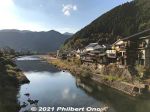
Yoshida River in Gujo-Hachiman looking downstream toward Nagara River.Dec 14, 2021
|
|
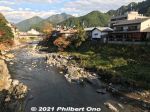
Yoshida River in Gujo-Hachiman looking upstream. There are also cherry blossoms in spring.Dec 14, 2021
|
|
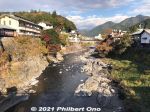
Yoshida River in Gujo-Hachiman looking upstream as seen from Miyagase Bridge. In summer, people fish for ayu sweetfish or swim in the river.Dec 14, 2021
|
|
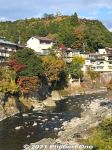
Running through the heart of Gujo-Hachiman, scenic Yoshida River is lined with tourist sights. The castle is on the top of the mountain. The rivers serve as natural moats for the castle.Dec 14, 2021
|
|
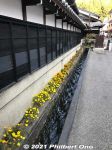
Gutter along the temple's wall.Dec 14, 2021
|
|
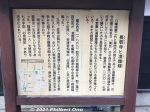
Chokyoji has a connection with the Ryosotai Battalion formed by former samurai of Gujo domain. They fought against Imperial forces in 1868 at Aizu Wakamatsu. 凌霜隊Dec 14, 2021
|
|
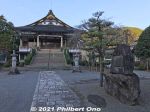
Chokyoji Temple in Gujo-Hachiman. Family temple for the Endo Clan, castle lords. 長敬寺Dec 14, 2021
|
|
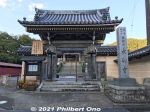
Gate to Chokyoji Temple. 長敬寺Dec 14, 2021
|
|
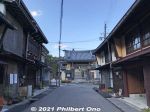
Neighborhood called Shokunin-machi leading to Chokyoji Temple.Dec 14, 2021
|
|
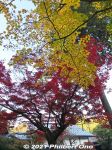
Daijoji Temple in autumn. 大乗寺Dec 14, 2021
|
|
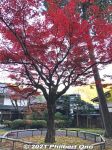
Daijoji Temple in autumn. 大乗寺Dec 14, 2021
|
|
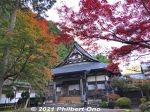
Daijoji Temple in autumn. 大乗寺Dec 14, 2021
|
|
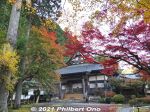
Daijoji Temple in autumn. 大乗寺Dec 14, 2021
|
|
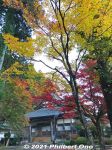
Daijoji Temple in autumn. 大乗寺Dec 14, 2021
|
|
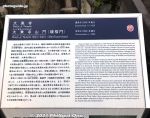
About Daijoji Temple, built in 1603.Dec 14, 2021
|
|
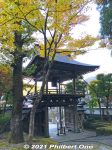
Daijoji Temple gate and bell tower in autumn.Dec 14, 2021
|
|
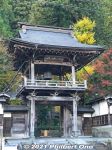
Daijoji Temple gate and bell tower (built in 1803) along Kodara River.Dec 14, 2021
|
|
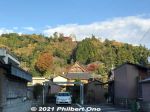
Gujo-Hachiman Castle seen from the street.Dec 14, 2021
|
|
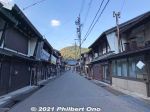
Traditional townscape along a neighborhood called Shokunin-machi where the town's craftsmen lived and worked. 職人町Dec 14, 2021
|
|
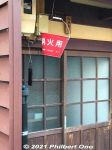
Red water bucket to put out fires.Dec 14, 2021
|
|
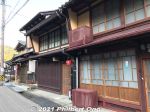
Red water bucket to put out fires.Dec 14, 2021
|
|
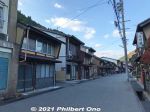
Traditional townscape along a neighborhood called Kajiya-machi where the town's craftsmen lived and worked. 鍛冶屋町Dec 14, 2021
|
|
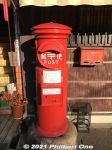
Old-style mailbox.Dec 14, 2021
|
|
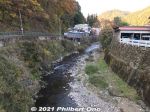
Kodara River upstream.Dec 14, 2021
|
|
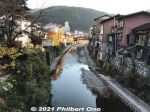
Kodara River looking downstream.Dec 14, 2021
|
|
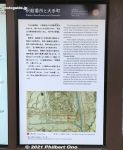
About the Kikoku Guardhouse.Dec 14, 2021
|
|
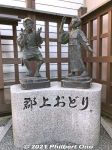
Gujo Odori monument.Dec 14, 2021
|
|
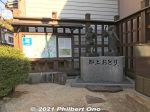
Kikoku Guardhouse site now has a Gujo Odori monument.Dec 14, 2021
|
|
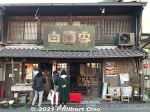
Sake shop in a traditional building in a neighborhood called Kajiya-machiDec 14, 2021
|
|
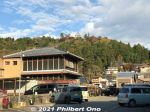
Gujo-Hachiman Castle seen from the street.Dec 14, 2021
|
|
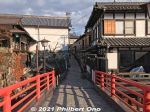
Dec 14, 2021
|
|
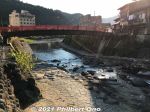
Dec 14, 2021
|
|
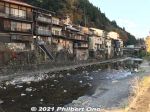
Dec 14, 2021
|
|

Dec 14, 2021
|
|
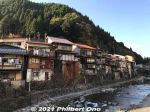
Homes along Kodara River.Dec 14, 2021
|
|
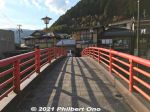
Dec 14, 2021
|
|
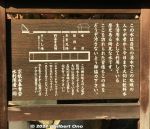
Dec 14, 2021
|
|

About Sogi-sui Spring.Dec 14, 2021
|
|
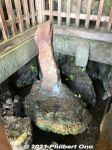
Sogi Spring in Gujo-Hachiman.Dec 14, 2021
|
|
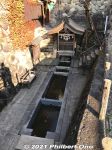
Sogisui natural spring, one of Japan's 100 Famous Natural Springs. 宗祇水Dec 14, 2021
|
|
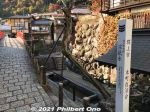
On the right is Sogi natural spring, named after poet Sogi who bid farewell here to the castle lord after visiting Gujo in the 15th century.Dec 14, 2021
|
|
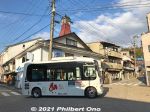
Area along Kodara River is within the Kitamachi (northern) part of Gujo-Hachiman. Part of the castle town at the foot of the castle mountain.Dec 14, 2021
|
|
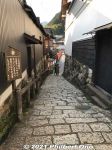
Small alley to Sogisui natural spring. The Kitamachi area of Gujo-Hachiman is also a National Important Traditional Townscape Preservation District (重要伝統的建造物群保存地区).Dec 14, 2021
|
|
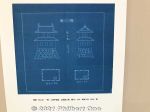
Dec 14, 2021
|
|
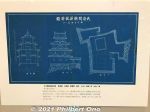
Blueprint plans of Gujo-Hachiman Castle's reconstructed main tower.Dec 14, 2021
|
|
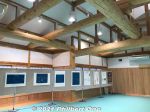
Second floor of Machinami Koryukan museum.Dec 14, 2021
|
|
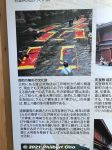
Dec 14, 2021
|
|
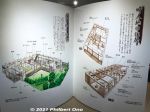
Typical home in Gujo-Hachiman.Dec 14, 2021
|
|

About Gujo-Hachiman's northern part of town (Kitamachi).Dec 14, 2021
|
|
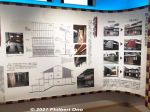
Characteristics of local architecture.Dec 14, 2021
|
|
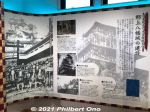
Reconstruction of Gujo-Hachiman Castle.Dec 14, 2021
|
|

Inside Machinami Koryukan museum.Dec 14, 2021
|
|
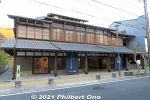
Machinami Koryukan is a new local museum is near Hakurankan. まちなみ交流館Dec 14, 2021
|
|
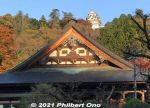
Gujo-Hachiman Castle and Anyoji Temple as seen from the street.Dec 14, 2021
|
|
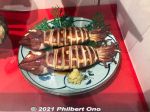
Cooked cuttlefish (ika) as a food replica.Dec 14, 2021
|
|
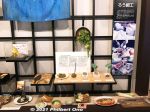
Food replicas.Dec 14, 2021
|
|
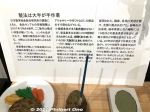
Food replicas used to be made with agar and wax. Now they are made with silicone and resin. Food replica companies founded by Iwasaki still make the most food replicas in Japan.Dec 14, 2021
|
|
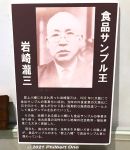
About Iwasaki Takizo (1895–1965), inventor of the ubiquitous food replicas we see in restaurants in Japan. He was from Gujo-Hachiman where today over 50% of Japan's food replicas are made. He made his first food replica, an omelette, in 1932. Dec 14, 2021
|
|

Old Hina dolls.Dec 14, 2021
|
|
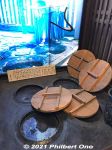
Indigo dyeDec 14, 2021
|
|
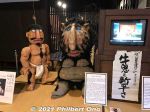
Dec 14, 2021
|
|
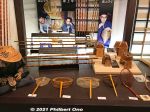
Dec 14, 2021
|
|
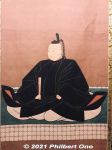
Yamauchi KazutoyoDec 14, 2021
|
|
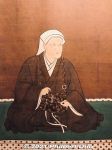
Portrait of Chiyo, wife of Yamauchi Kazutoyo.Dec 14, 2021
|
|
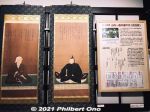
Portraits of Chiyo and Yamauchi Kazutoyo.Dec 14, 2021
|
|
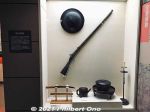
Dec 14, 2021
|
|
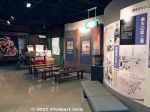
Kami-shibai show corner.Dec 14, 2021
|
|
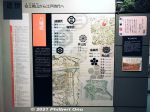
Gujo-Hachiman during the Azuchi-Momoyama and Edo Periods.Dec 14, 2021
|
|
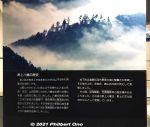
History of Gujo-Hachiman.Dec 14, 2021
|
|
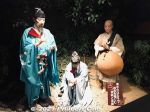
Dec 14, 2021
|
|
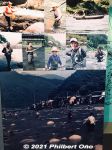
River fishing in Gujo.Dec 14, 2021
|
|
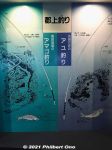
River fishing in Gujo.Dec 14, 2021
|
|
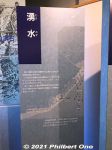
About Gujo's natural springs.Dec 14, 2021
|
|
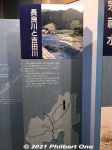
About Yoshida and Nagara Rivers.Dec 14, 2021
|
|
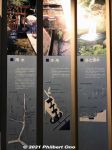
Traditional uses of water in Gujo-Hachiman.Dec 14, 2021
|
|
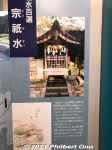
Sogisui natural spring.Dec 14, 2021
|
|

Gujo-Hachiman's natural water sources.Dec 14, 2021
|
|

Gujo Odori dance festival schedule.Dec 14, 2021
|
|
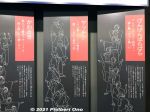
So happens that there are dance songs having no shamisen or no flutes or no taiko drumming, etc. That's when those musicians can take a break. Clever.Dec 14, 2021
|
|
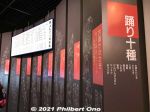
Gujo Odori has ten dance songs. During Gujo Odori, the dances and music go on continuously with live music and singers. So when do the musicians take a break?Dec 14, 2021
|
|
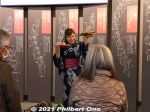
The two dancers demonstrated all ten Gujo Odori dances with recorded music. They also showed how the wooden geta clogs get worn out.Dec 14, 2021
|
|
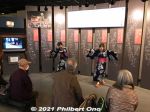
Gujo Odori dance demonstrations daily at 11 am, 12 p.m., 1 p.m., 2 p.m. and 3 p.m. with extra sessions at 10 a.m. and 4 p.m. on Saturdays and Sundays.Dec 14, 2021
|
|
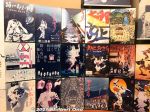
Past Gujo Odori PR posters.Dec 14, 2021
|
|

Photos of Gujo Odori.Dec 14, 2021
|
|
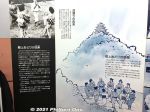
About the Gujo Odori dance.Dec 14, 2021
|
|
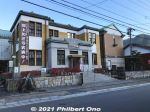
Hakurankan is Gujo-Hachiman's main museum exhibiting local culture, history, crafts, and ecology. Building was built in 1920 as a tax office. Open: 9:00 am–5:00 pm, closed Dec 24 to Jan 2. Small admission charged
https://hakurankan.com/group_en/Dec 14, 2021
|
|
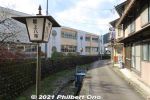
Gujo-Hachiman street lamp and Otohime Stream.Dec 14, 2021
|
|
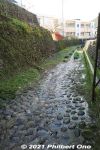
Otohime StreamDec 14, 2021
|
|
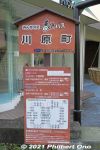
Dec 14, 2021
|
|
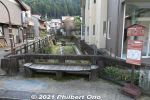
Dec 14, 2021
|
|
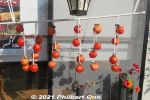
Persimmons out to dry.Dec 14, 2021
|
|
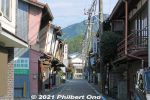
Dec 14, 2021
|
|
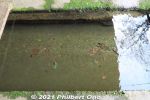
Water looks clean enough for washing potatoes.Dec 14, 2021
|
|
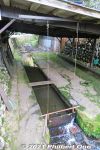
Dec 14, 2021
|
|
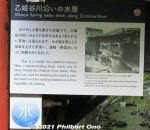
Water shed is called "mizuya." 水屋Dec 14, 2021
|
|
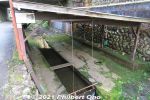
On this small Otohime Stream is this water shed covering a dammed part of the river where locals can wash potatoes. Natural spring water.Dec 14, 2021
|
|
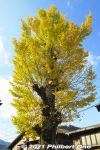
Ginkgo tree at a neighborhood temple.Dec 14, 2021
|
|
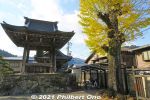
Temple bell and ginkgo tree at a neighborhood temple.Dec 14, 2021
|
|
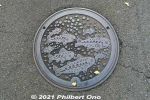
Gujo-Hachiman manhole has ayu sweetfish design.Dec 14, 2021
|
|
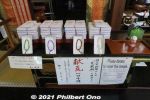
Dec 14, 2021
|
|
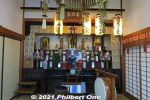
Adjacent altar for other Buddhas.Dec 14, 2021
|
|
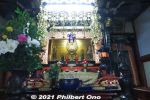
You can pray for whatever you want here. Family harmony, traffic safety, passing exams, business prosperity, recovery from illness, etc., etc.Dec 14, 2021
|
|

Jion-zenji worships Yakushi, the healing Buddha. 薬師Dec 14, 2021
|
|
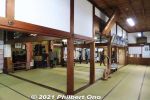
Inside the Hondo main temple hall.Dec 14, 2021
|
|
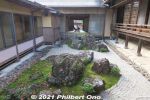
Rock garden in the inner courtyard.Dec 14, 2021
|
|
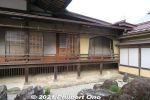
Dec 14, 2021
|
|
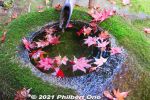
Suikin-kutsu water basin that makes a leasant sound with water droplets. 水琴窟Dec 14, 2021
|
|
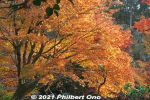
Dec 14, 2021
|
|
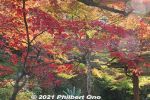
Dec 14, 2021
|
|
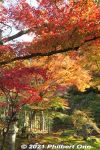
Dec 14, 2021
|
|
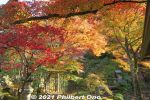
Dec 14, 2021
|
|
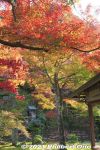
Dec 14, 2021
|
|
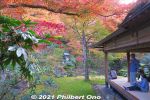
Dec 14, 2021
|
|
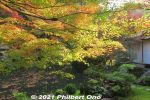
Dec 14, 2021
|
|
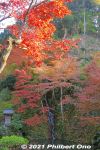
Dec 14, 2021
|
|
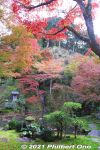
Dec 14, 2021
|
|
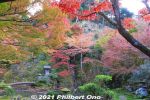
Dec 14, 2021
|
|
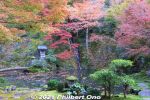
Tessoen Garden has a small waterfall.Dec 14, 2021
|
|

Dec 14, 2021
|
|
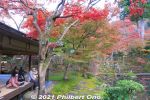
Jion-zenji Temple's Tessoen Zen garden is Gujo-Hachiman's second most famous spot for autumn colors.Dec 14, 2021
|
|
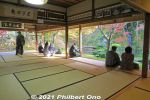
Room to view Tessoen Garden. We can only view the garden from this room and cannot walk in the garden.Dec 14, 2021
|
|
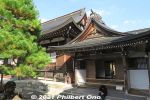
Tessoen Garden admission is ¥500 as of autumn 2021.Dec 14, 2021
|
|
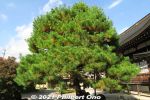
Nice pine tree at Jionji Temple.Dec 14, 2021
|
|
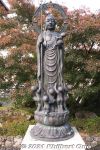
Dec 14, 2021
|
|
| 2991 files on 12 page(s) |
 |
3 |  |
 |
 |
|